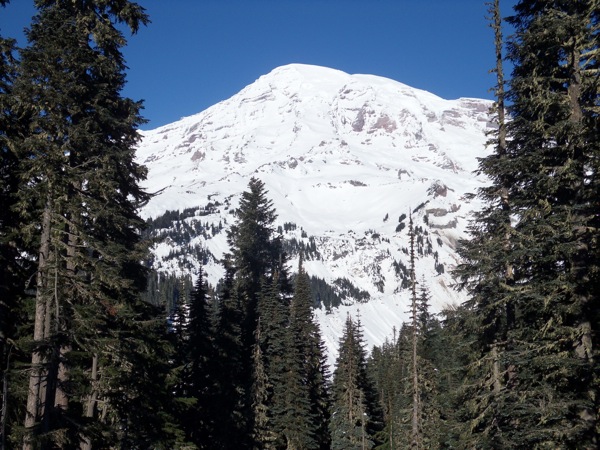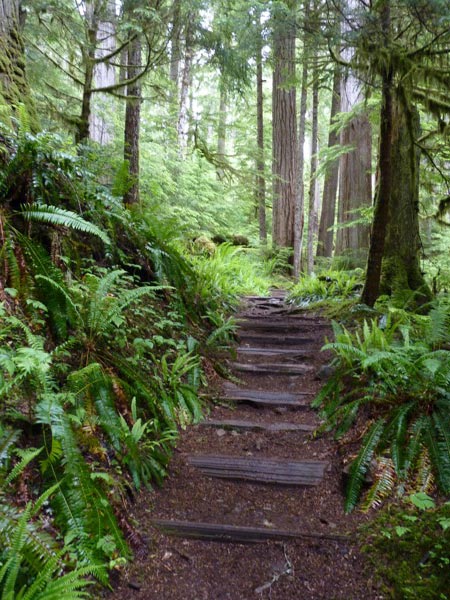
Mount Rainier National Park is one of America’s oldest and best-known national parks, roughly a hundred miles north-northeast of the “City of Roses” as the crow flies. Established as the nation’s fifth national park in 1899, Mount Rainier is about a 155-mile drive from Portland, or approximately 90 miles by road from Seattle.
The centerpiece of this glorious national treasure is, of course, perpetually snowcapped Mount Rainier itself, the towering, 14,410-foot dormant volcano that can easily be seen from throughout the Seattle and Tacoma areas on a clear day. Travelers who have visited Colorado are likely aware that there are 55 peaks exceeding 14,000 feet in that photogenic state, although none of them are as visually prominent as Mount Rainier for one very important reason.
Remembering that the base altitude in Colorado is Denver’s 5,280 feet, the “Fourteeners” there are actually only in the 9,000-foot range. Mount Rainier, however, is less than 50 miles from sea level, thus constituting a much more massive geologic landmark. Eventually, it also holds the potential for creating a catastrophic natural disaster, since the Cascade Range has been active volcanically for eons.
Needless to say, the eruption of nearby Mount St. Helens in 1980 provided a graphic reminder of this situation. But unlike the latter peak, Mount Rainier is much closer to the densely populated areas surrounding Puget Sound, so the danger posed is likely of a much higher order. Please don’t let this deter you from visiting this truly superb park, however, since geologists are confident that there will be ample warnings, should Mother Nature ever decide to initiate any significant volcanic activity here.

Carbon River Rainforest
Lake Louise

Box Canyon of the Cowlitz River








